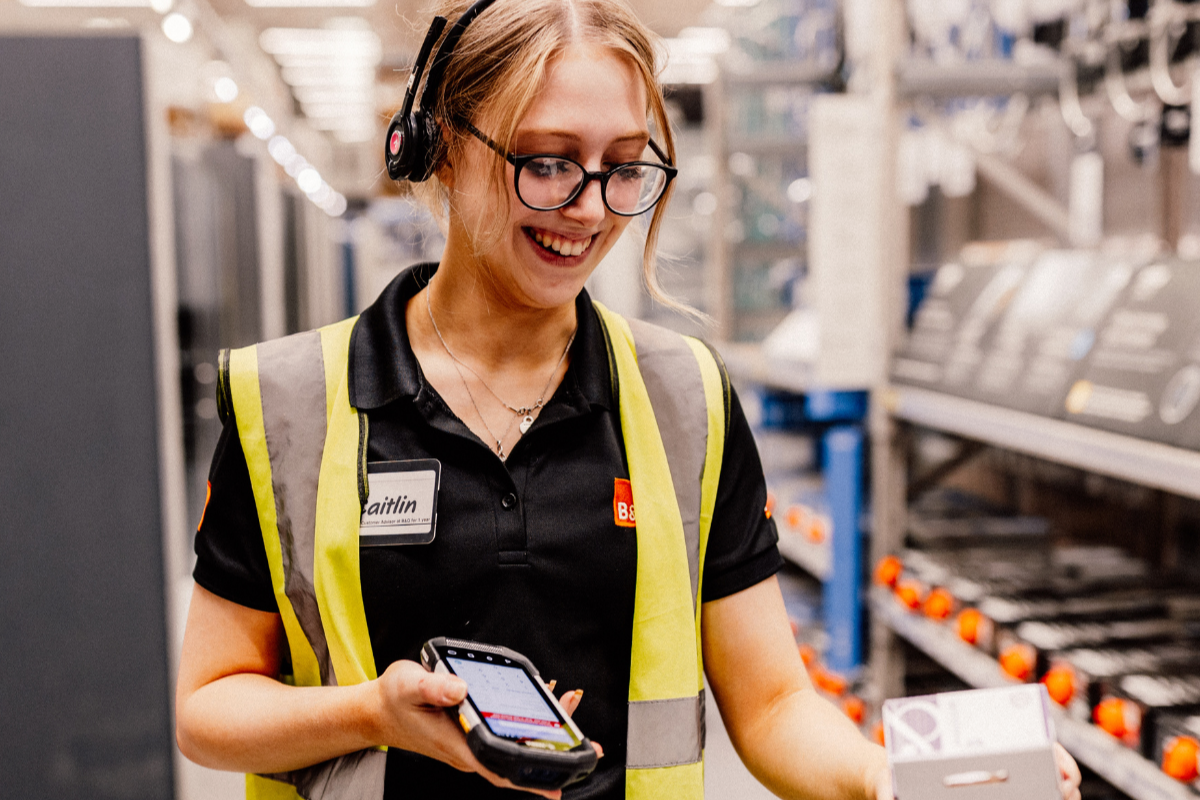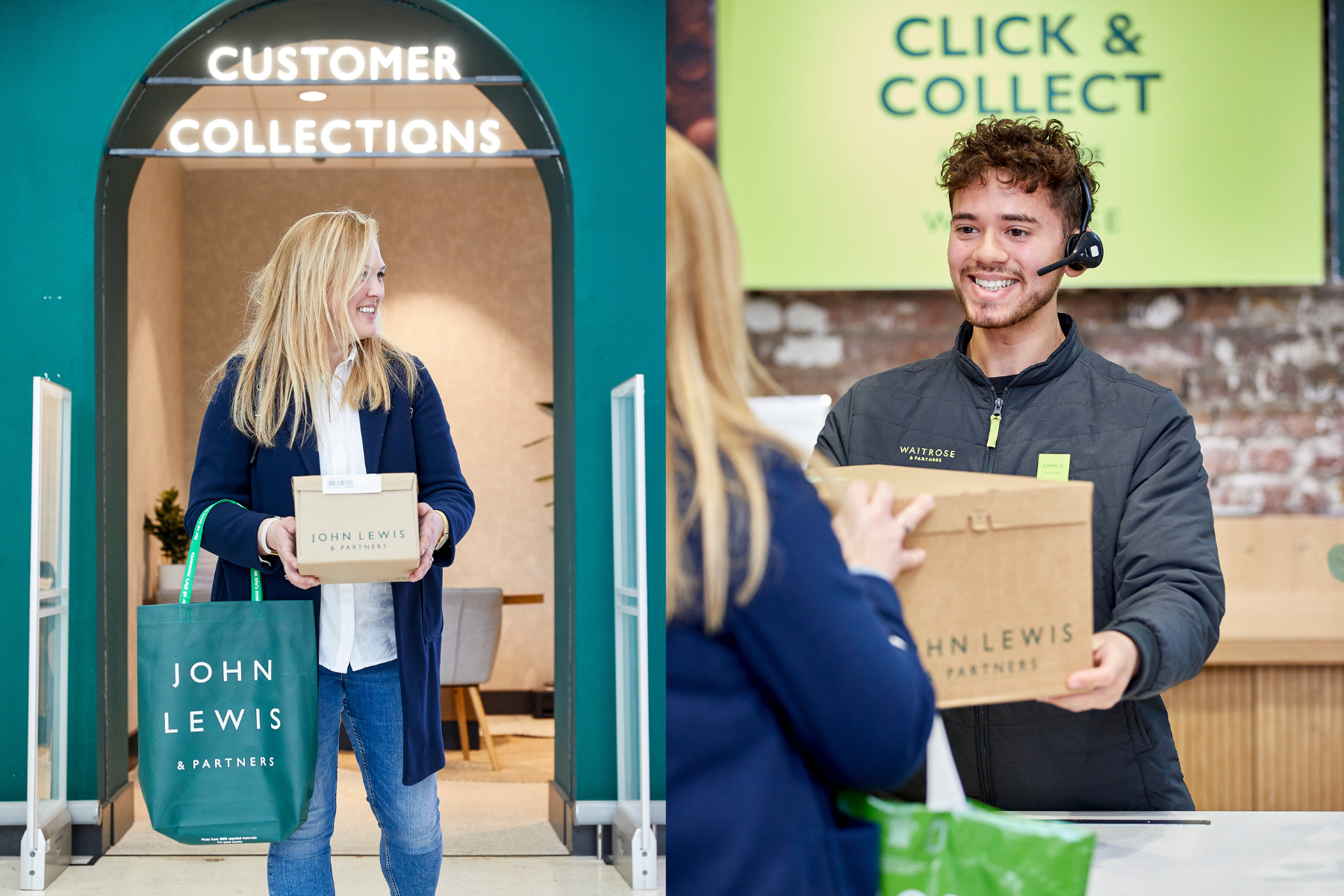Internet Retailing asked Matt Beck, Vice President, Marketing Solutions at FICO, to explain how leading edge retailers are benefitting by harnessing analytics to find the sweet spot of customer and product.
Ask any of the top retailers whether they use analytics in their decision-making process, and the answer will be, “of course.” What separates the most aggressive competitors today isn’t the presence of analytics in their toolkit — it’s what analytics they use and how. Further, how are customer insights embedded into the culture of an organization and leveraged in transcending historical silos of responsibilities? When you review your own organization’s strategy, you should be able to check the boxes for the more commonly-used kinds of predictive analytics:
- Collaborative Filtering, which enables retailers to take a degree of targeted action even for first-time customers. This type of analytics is often behind the product recommendations offered on ecommerce sites and the printed coupons generated at in-store checkout;
- Clustering Algorithms, which enable retailers to differentiate between customers in broad ways such as “Customers who like leadingedge technology” or “Customers who are value conscious.” Painting customers with this kind of broad brush can help direct large-scale expenditures on store design, new merchandising schemes and promotional programs;
- Regression Models, which enable retailers to predict how an individual customer is likely to behave. With such specific insights, retailers can differentiate between customers to a much greater degree, further increasing the granularity of segmentation and the relevance of offers. Regression models essentially create segments of one.
Now then, what are the more cutting-edge analytic approaches retailers are using? Here is a brief look at three that give retailers new ways to understand customers, match them with the right offers and build brand loyalty over time.
TIME-TO-EVENT MODELS
Time-to-event models enable retailers to predict when a specific customer’s behaviour is likely to occur. Knowing that a customer is likely to behave or react in a certain way is useful, but knowing when they are likely to do it is even more powerful – particularly when collaborating with vendor partners.
Retailers are working anywhere from a few weeks to a few months out in their decision process to determine what to promote to whom. Often decisions are made at the segment level or from the product and service point of view and timing is not part of the equation. Being able to calculate the propensity of a customer to buy a specific product, within a defined window of time, allows a retailer to be more effective with their promotional investment. Propensity however varies over time. A time-to-event model predicts the likelihood of a customer to respond to a particular message or product offer within a defined window of opportunity.
Here’s how some retailers are using time-toevent models:
- A large retailer is using this type of analytics to increase the ROI from promotional mailings. When a popular new DVD or video game comes on the market, for example, the retailer sends offers only to those likely to buy the product within the offer redemption period. Response rates are two-to-three-times higher than when the same offer is sent to everyone;
- A home improvement retailer used time-toevent models in an email campaign directing recipients to one of several web landing pages featuring a specific do-it-yourself project, such as painting or replacing flooring. The customers targeted for the emails were those identified by the models as likely to purchase in that product category within a short period of time;
- A large retailer is improving its ability to predict when customers are about to make a big purchase by incorporating customer clickstream data into time-to-event models. Many consumers do extensive online research before making an online purchase or walking into a store to inspect the item. By analyzing clickstream data from its site, along with customer purchasing histories and historical behaviour patterns, the retailer can pinpoint the right moment to make an offer.
UPLIFT MODELS
Uplift Models enable retailers to predict how much their action is likely to change a customer’s behaviour. A propensity model predicts the customerlikelihood to buy a given product, whereas uplift modelling shows the likelihood of purchase given varying offers, helping to manage strategic customer initiatives and balance the promotional portfolio of investment. Often used in conjunction with time-to-event models, they predict the amount
of change likely to occur in a customer behaviour as a direct result of a particular retailer action.
Uplift models can save retailers millions by targeting their limited investment on the right customers who will be most likelyinfluenced by the offer and deliver long-termvalue, thus reducing the impact of cherrypickers or deal-seekers. For example, such a model might predict whether or not sending a 20%-off offer is likely to significantly increase a particular customer’s propensity to buy a pair of designer jeans within the next two weeks. The retailer can then send the coupon only to customers whose behaviour it’s likely to impact the most. Uplift modelling can also help retailers determine which promotional technique may be the most effective for a particular campaign. Will 20% off be much more effective than 10% off?
Will it work better than free shipping? Uplift models provide the analytical insights retailers need to make precise decisions about where to put marketing spend for higher ROI beyond just getting the offer timing right. A FICO retail client that helps “make markets” for new products by spending heavily on promotion, is using uplift modelsto increase its return on this investment. Theanalytics provide insights that are enablingthe retailer to accelerate the purchasing behaviour of so-called “laggards”— customers who historically haven’t been among the first to purchase. By targeting these customers with offers that are likely to change their historical behaviour, the retailer is increasing the concentration of sales in the first two months of the product lifecycle – its “critical period” before competitors can draft off of their momentum.
DECISION MODELLING
Decision Modelling enables retailers to build offer strategies to reach desired results. Most marketing campaign systems rely on some kind of business rules management system. This level of automation, however, is generally used to deploy rules and strategies devised “by hand.” In other words, there is a lot of science given to understanding the customer and their propensity for certain products, but not much science given to building the overall strategy. And that’s a problem when large numbers of analytic predictions are used to differentiate and treat customers individually. The decision process can become difficult to manage and even to fully comprehend.
This is where “decision modelling” comes in. A decision model simplifies such complex decisions by mathematically mapping the relationships between all the factors and outputting an actionable result, such as a recommended customer treatment. Moreover, explicit modelling of customer reactions to a range of retailer actions (often called “action-effect modelling”) clarifies complex decisions and exposes key performance drivers. An action-effect decision model can determine on a customer-bycustomer basis what the net impact would likely be on revenue, costs and profit.





